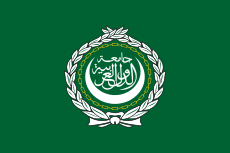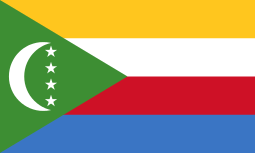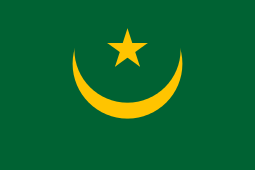Arab Monetary Fund
Arab Monetary Fund (AMF) |
||||
|---|---|---|---|---|
|
||||
Map of northern Africa and the Middle East indicating members of the Arab League.
|
||||
| Headquarters | ||||
| Official languages |
Arabic | |||
| Type | ||||
| Members[1] | ||||
| Leaders | ||||
| • | Director-General (Chairman) |
Jassim Al Mannai | ||
| Establishment | ||||
| • | Agreement | 27 April 1976 | ||
| Part of a series on | ||||||||
| Arab League | ||||||||
|---|---|---|---|---|---|---|---|---|
 | ||||||||
|
Issues
|
||||||||
|
||||||||
|
||||||||
|
|
||||||||
|
||||||||
The Arab Monetary Fund (AMF) is a regional Arab organization, founded 1976, and operational from 1977. It is a working sub-organization of the Arab League.
Objectives
The Arab Monetary Fund's main objectives are to correct and balance the payment of its member states, remove payment restrictions between members, improve Arab monetary cooperation, encourage the development of Arab financial markets (paving the way for a unified Arab currency), and to facilitate and promote trade between member states.
The Articles of Agreement define the Fund's aims as follows:
(a) to correct disequilibria in the balance of payments of member states;
(b) to promote the stability of exchange rates among Arab currencies, to render them mutually convertible, and to eliminate restrictions on current payments between member states;
(c) to establish policies and modes of monetary co-operation to accelerate Arab economic development in the member states;
(d) to tender advice on the investment of member states' financial resources in foreign markets, whenever called upon to do so;
(e) to promote the development of Arab financial markets;
(f) to promote the use of the Arab dinar as a unit of account and to pave the way for the creation of a unified Arab currency;
(g) to co-ordinate the positions of member states in dealing with international monetary and economic problems; and
(h) to provide a mechanism for the settlement of current payments between member states in order to promote trade among them. [2]
Location and members
The AMF's headquarters are in the city of Abu Dhabi, the capital of the United Arab Emirates.
Member countries (22) are:
 Algeria
Algeria Bahrain
Bahrain Comoros
Comoros Djibouti
Djibouti Egypt
Egypt Iraq
Iraq Jordan
Jordan Kuwait
Kuwait Lebanon
Lebanon Libya
Libya Mauritania
Mauritania Morocco
Morocco Oman
Oman Palestine
Palestine Qatar
Qatar Saudi Arabia
Saudi Arabia Somalia
Somalia Sudan
Sudan Syria
Syria Tunisia
Tunisia United Arab Emirates
United Arab Emirates Yemen
Yemen
Organization structure
The principal organs of the AMF are the Board of Governors, the Board of Executive Directors, and the Director-General. The Board of Governors (General Assembly) are the highest authority responsible for formulating policies on Arab economic integration and liberalization of trade amongst residing member states. In the Board of Governors, each member state is represented by an appointed Governor and Deputy Governor whom serve five year terms. The Board of Executive Directors is composed of eight non-resident directors elected by the Board of Governors on renewable three-year terms that is chaired by the Director-General. The Director-General is also appointed to the board but hold five-year term limits.[2] The Director-General holds the position of Managing Director of the AMF.[3] The organization distributes its work through various offices (IA), departments, committees, and divisions. The Director-General supervises a committee dedicated to loans and another dedicated to investments in order to be able to make recommendations on loan and investment policies to the Board of Executive Director. In addition this person is responsible for conducting and submitting an Annual Report to the Board of Governors. [2]
See also
References
- ↑ "Objectives and means". Arab Monetary Fund. Archived from the original on 11 September 2010. Retrieved 2010-08-11.
- 1 2 3 Regional Surveys of the World: The Middle East and North Africa 2003. Europha Publications. 2003. p. 1294. ISBN 1-85743-132-4.
- ↑ Pierre van den Boogaerde, "Financial assistance from Arab countries and Arab regional institutions" (International Monetary Fund, 1991)